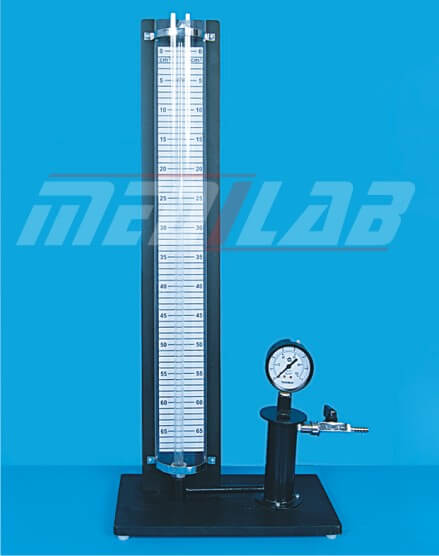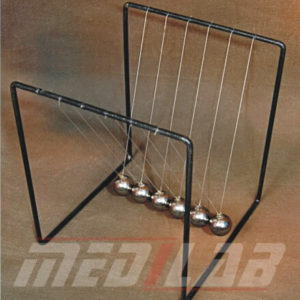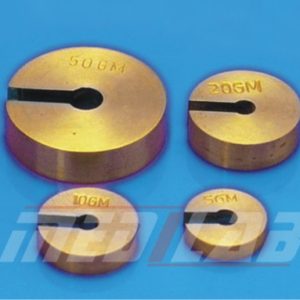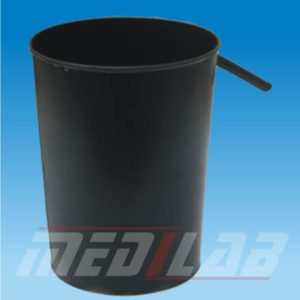Description
Boyle’s Law Apparatus is a scientific instrument used to demonstrate and measure the relationship between the pressure and volume of a gas, as described by Boyle’s Law. The apparatus consists of a sealed glass tube or cylinder with a movable piston that can be used to vary the volume of the gas inside the tube. The tube is connected to a pressure gauge or manometer that measures the pressure of the gas.
To use the apparatus, the volume of the gas inside the tube is varied by moving the piston, and the pressure of the gas is measured using the pressure gauge. By plotting the pressure and volume data, the relationship between the pressure and volume of the gas can be studied and measured.
Boyle’s Law states that at a constant temperature, the pressure of a gas is inversely proportional to its volume. This means that as the volume of a gas decreases, its pressure increases, and vice versa. Boyle’s Law Apparatus provides a simple and effective way to demonstrate and measure this relationship and to study the properties of gases under different conditions.
Boyle’s Law Apparatus is widely used in physics education, from high school to university level, to teach the principles of thermodynamics and the behavior of gases. It provides a simple and effective way to demonstrate the fundamental principles of physics and helps students to understand the behavior of gases under different conditions.







